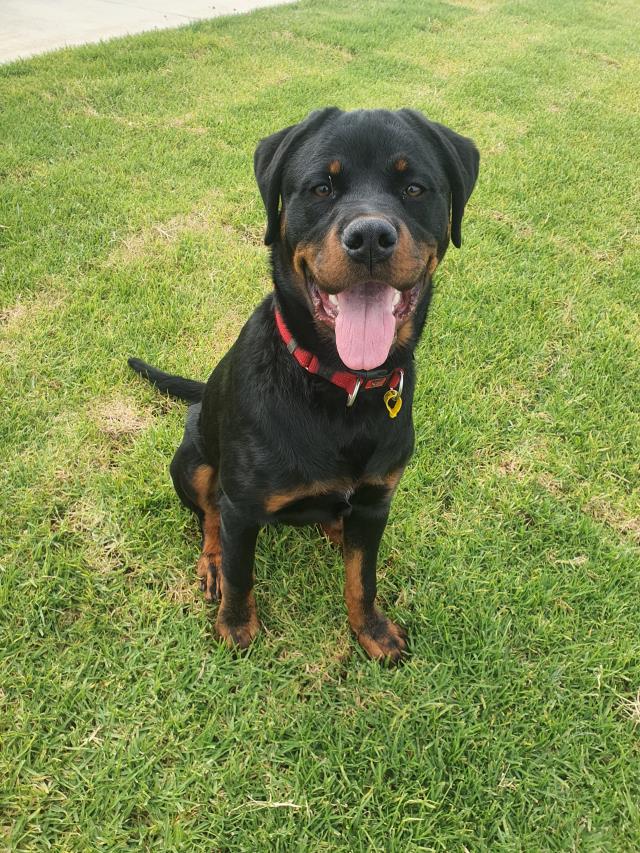
By Dr Jeff Cave, Senior Veterinary Officer
One animal’s feed may be another animal’s poison.
A good example of this are feeds that contain ionophores, such as lasalocid and monensin, also known as Bovatec and Rumensin, both being common feed additives for cattle with a variety of uses including increasing feed efficiency, controlling bloat, and aiding in the prevention of coccidiosis.
Unfortunately, ionophores can be toxic to other animals, most notably dogs and horses. Perhaps not surprising given that dogs and horses both have a singular stomach, and digest their food very differently from cattle, which are ruminants with a four chambered stomach.
If dogs or horses accidentally ingest ionophores, they can become very sick and possibly perish.
Poisoning can happen if dogs or horses inadvertently access feeds containing ionophores or are accidently fed feed containing ionophores.
This type of incident can easily be prevented if you check the toxicity warnings on feed bags and feeds are stored securely away to prevent access by non-target species.
I recently had a conversation with a local veterinary colleague, who is working at a small rural practice, she spoke of four recent cases of ionophore toxicity in farm dogs from dairy farms, which had accidentally accessed calf milk replacer which contained ionophores.
She described the farms dogs as having clinical signs similar to snake bite with muscle weakness and a staggery gait. This can go on to become fatal, primarily through damage to the heart muscle.
There is no specific treatment for ionophore toxicity other than good nursing and supportive treatment.
For further information please contact your local veterinarian or Agriculture Victoria veterinary or animal health officer.







